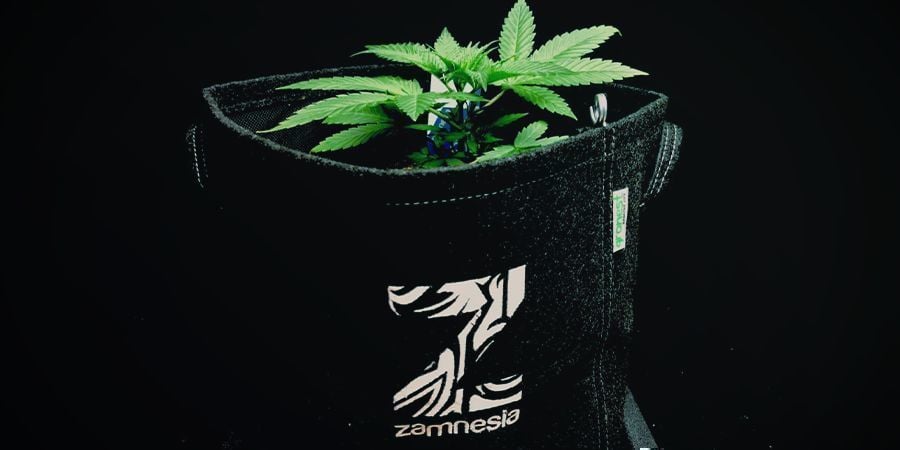Selecting The Correct Container For Your Cannabis Plants
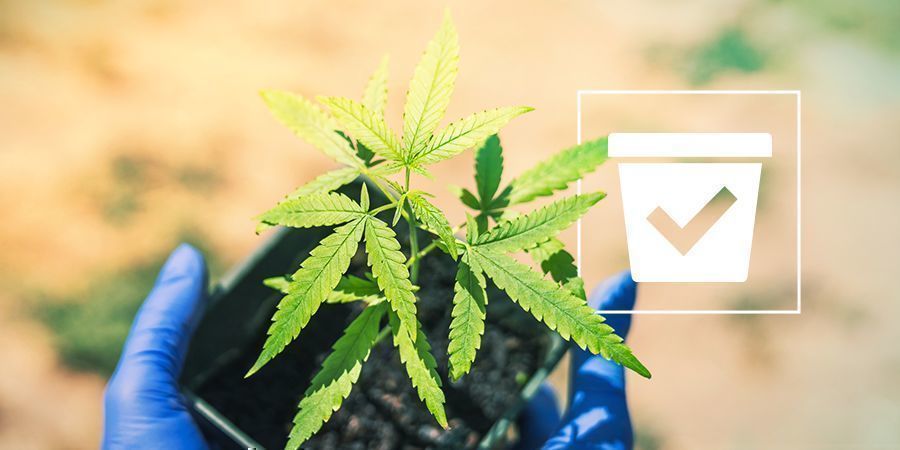
Making sure your beauties have a safe and secure container is an important but often overlooked task. The type of container you choose, the material it’s made of, and its size all have a substantial effect on the way your plant grows.
Cannabis planting containers come in all shapes and sizes, and are made from all sorts of materials. You could just get simple plastic pots from the dollar store if you’re on a budget, or choose air pots or other more elaborate planting containers for your grow. What are the advantages and drawbacks of the various pot types? Which ones should you get? And what size is right for your plants? Well, let’s find out!
HOW TO DETERMINE THE RIGHT POT SIZE
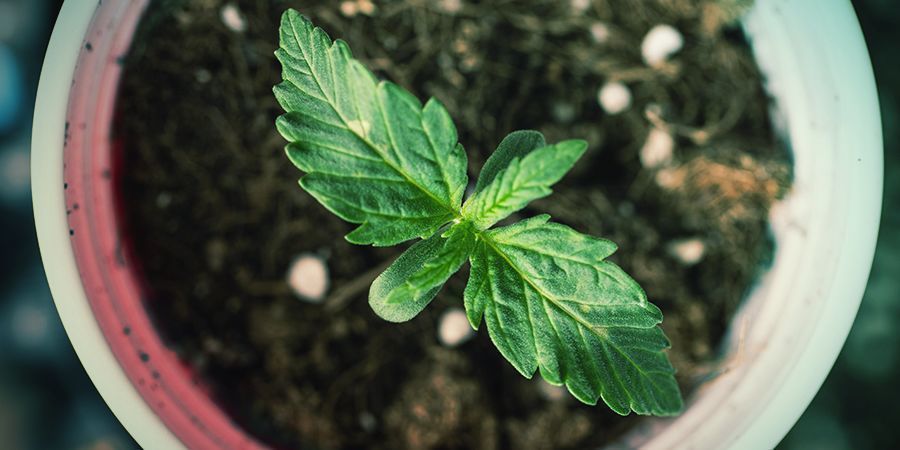
Perhaps the most important thing to consider when choosing containers for your weed is their size. Cannabis grows particularly long roots that need ample room to really flourish. If you grow cannabis in a container that is too small, it can cause your plants to become root-bound, leading to stunted growth.
In a typical cannabis grow-op, suitable container sizes vary between 4 and 14 litres. The exact size you choose will depend on the strain you are growing (the bigger the plant is, the more room it needs) and also your available space.
A pot that is too small will negatively affect your plant’s growth and ultimately your yields. But a planter that is too big won’t really have a benefit unless your plant has the potential to fill it.
What is important is that the roots of your cannabis never run out of room. As a rule of thumb, it is best to choose the biggest containers you can practically fit in your grow area. That way, you never have to worry about your cannabis becoming root-bound.
The following list outlines the theoretical ideal amount of room that your cannabis will need, based on its age:
| 0–1 week | Root cube |
| 1–6 weeks | 10cm pot |
| 6–8 weeks | 10 litre container |
| 2–3 months | 14 litre container |
| 3–8 months | 22 litre container |
| 8–16 months | 45 litre container |
Note: For autoflowers, we do not recommend transplanting as it causes plants to go through temporary shock and slows their growth. Simply move your seedling from its root cube into its final pot, or sow directly in the pot itself. For photoperiod plants, it’s best to only repot a couple times, so as not to inflict undue damage or extend the veg phase too long.
Also note that these are only suggestions. A large size may not always be practical, especially when you grow indoors. Your plants may not necessarily require these sizes in order to thrive, and compromise often has to be made to save space. Outdoors, you can alternatively opt to simply plant into the ground; that way, there are no limitations to root formation in the first place. But then again, you lose the flexibility of moving your plants around should some mishap strike, which can be highly inconvenient or even catastrophic.
DIFFERENT TYPES OF CONTAINERS
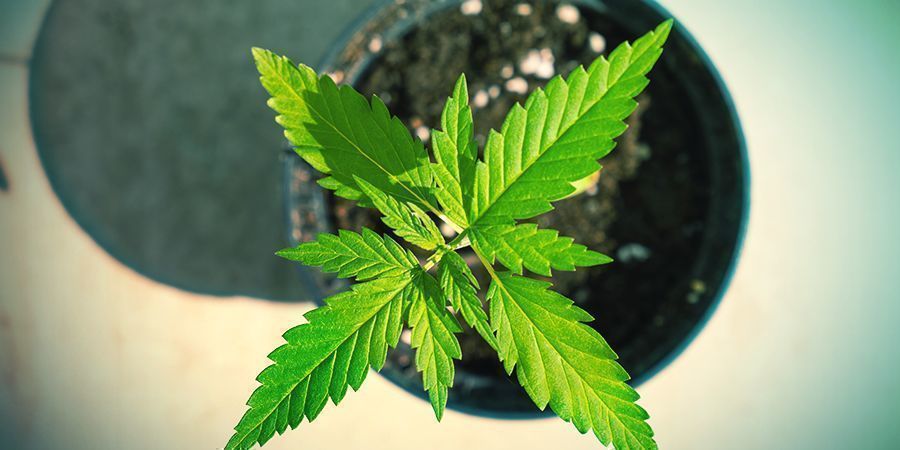
Next, let’s look at the various types of plant containers available. One thing to consider here is the material the pot is made of—such as plastic, clay, wood, metal, and even plant fibre. But know that there is no container material that is “best”, as each has its pros and cons.
For example, clay (terracotta) pots will sap the moisture out of your soil, meaning you have to water more. Metal containers can rust, collect too much heat, and may even cause contamination. Wood containers are really good for cannabis, but are often very large and expensive. The most common choice is plastic. These are cost-effective, durable, and clean. They are nothing fancy, but they get the job done.
PLASTIC POTS
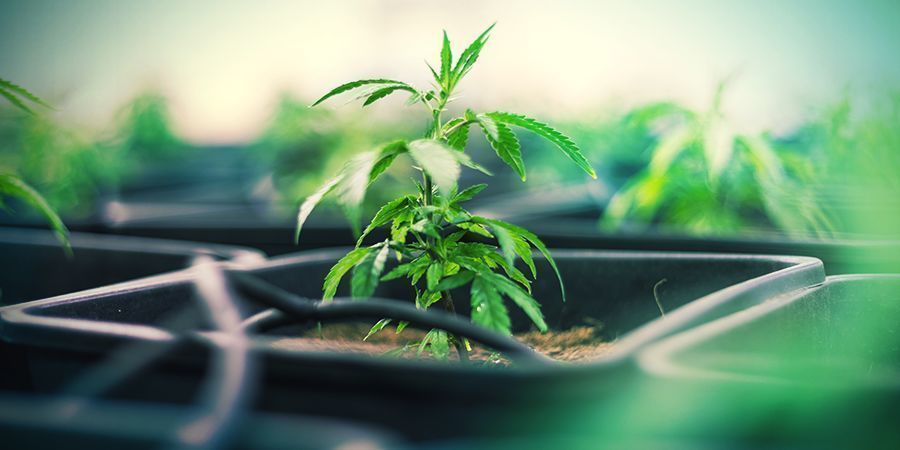
You can get plastic pots pretty much everywhere for little money. Aside from the above-mentioned considerations of size, there is not much to finding a plastic pot for your weed.
If you’re growing cannabis indoors, you may want to opt for rectangular pots and not the standard round ones. Although the latter are absolutely fine, rectangular pots allow you to make much better use of your available grow space. Some rectangular planters for growing weed are particularly deep. These are well-suited to maximising the growth of individual specimens, as the roots can expand deeper and the plants can get larger.
One consideration when you’re growing outdoors: Choose white pots, as these don’t retain as much heat as black or grey containers.
Pros:
- Inexpensive
- Easy to add holes
- Available in many sizes and colours
Cons:
- Not very sturdy, can crack over time
- Don’t protect roots from extreme temperatures
FABRIC POTS AKA SMART POTS
Fabric pots, also called “smart pots”, are planting containers made from a horticultural fabric. When the roots reach the sides of the pot, they are trapped by the porous fabric and naturally pruned by the air outside. This “air-pruning” actually promotes root growth and prevents plants from becoming root bound (ie. outgrowing their pots). Another advantage of fabric pots is that, due to their porous structure, it’s almost impossible to overwater your plants.
The main downside of fabric pots is that they dry out faster than ordinary pots. You will need to water more frequently or use larger pots with more soil to prevent this from happening. Fabric pots are also less sturdy than ordinary planters; since they are more like bags, they can tip over easier.
Pros:
- Promote healthy root system
- Roots have better access to air and oxygen
- Much harder to overwater
Cons:
- Pots dry out quickly
- Can tip over
TERRACOTTA (CLAY) POTS
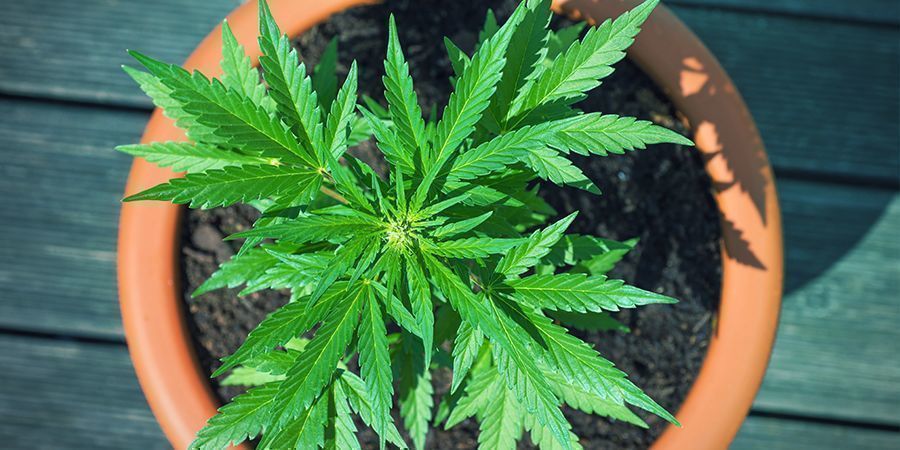
When sourcing these standard old-school flower pots, you will want to get them together with a matching saucer. The saucer serves to catch your runoff water below the pot.
What’s important to know about these types of pots is that they need to have drainage holes at the bottom to avoid water logging. Not all pots come with holes; oftentimes you will have to puncture them yourself before growing your plants. This is much easier when working with plastic, and it’s unnecessary with fabric pots. Spare yourself the trouble of fracturing your containers by purchasing clay pots with premade holes.
Terracotta or clay planters are heavier than plastic pots, but they can be a good choice as terracotta has a natural ability to soak up and store excess moisture. This provides a cooling effect that will benefit your plant’s roots in the hot summer months. Minor drawback: You may need to water more frequently.
Pros:
- Natural cooling effect
- Aesthetics
- Heavy weight can support robust plants
Cons:
- Drilling holes can be difficult
- Heavy weight makes it difficult to move your plants
AIR POTS
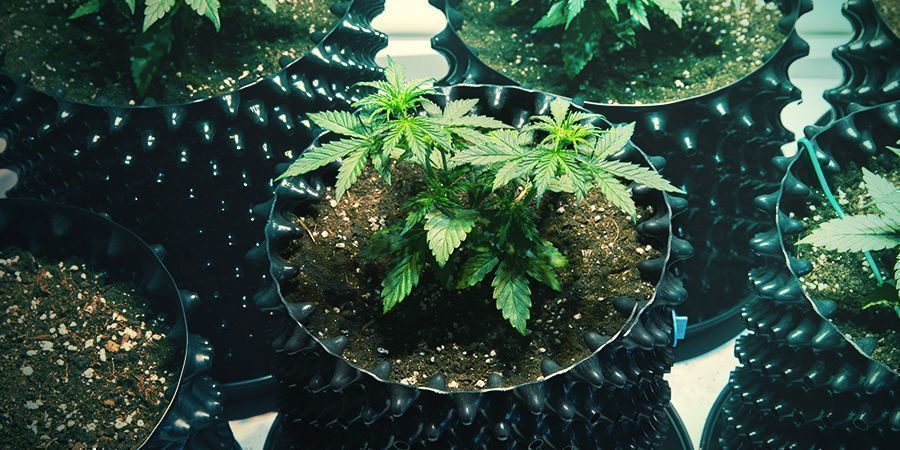
Air pots are similar to smart pots. By air-pruning the roots, air pots prevent plants from becoming root bound while also supporting optimal growth. The difference is that air pots are made of plastic with openings on the sides, rather than being made from a soft fabric.
While greatly benefitting the growth of your cannabis plants in the aforementioned ways, air pots come with the same drawbacks as fabric pots. You will need to water more often, as water leaking out the sides makes the soil dry out faster. On the plus side, they are sturdier than fabric grow pots. Note: You may want to place air pots on large trays to collect runoff if you're growing indoors.
Pros:
- Healthy roots due air-pruning
- Good drainage
Cons:
- Expensive
- Need more watering
TIPS FOR GROWING CANNABIS IN POTS
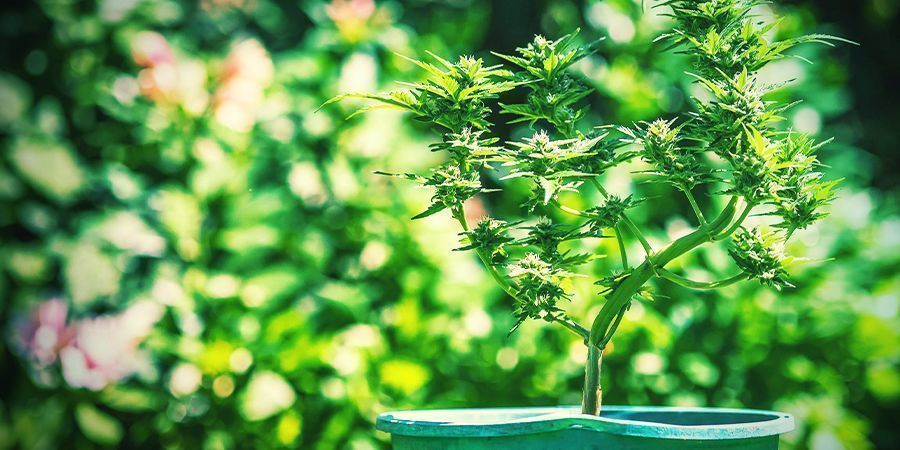
Regardless of what type you choose, here are some concluding tips for growing cannabis in pots:
-
Keep plants separated
Ideally, you’ll want to use one container for each plant. This prevents competition amongst root systems and allows you to individually care for each of your plants. One plant per pot will also make transplanting much easier later down the line. If the soil in one container becomes contaminated, overwatered/overfed, infested with pests, etc., the rest of your crop will not suffer if each plant gets its own pot.
-
Make sure your pots have holes in the bottom
Unless you know your cannabis very well and can gauge exactly how much water each plant needs, it is best to buy a container with holes/perforations in the bottom of it. In fact, even if you do know exactly how much it needs, you should still make your life easier and opt for holes. This allows excess water to drain out and oxygen to flow through the medium, decreasing the chances of root rot—a problem that occurs when soil remains too wet for too long.
-
Get matching trays for your pots
By placing your containers on trays, you can safely collect any runoff and ensure your plants don’t become waterlogged. Select large-enough trays to catch all the runoff coming out the bottom, and potentially the sides, of your pots. You can even put a large tray under a few pots to make work easier. Just make sure to empty the trays regularly!
Happy growing!











 United States
United States

